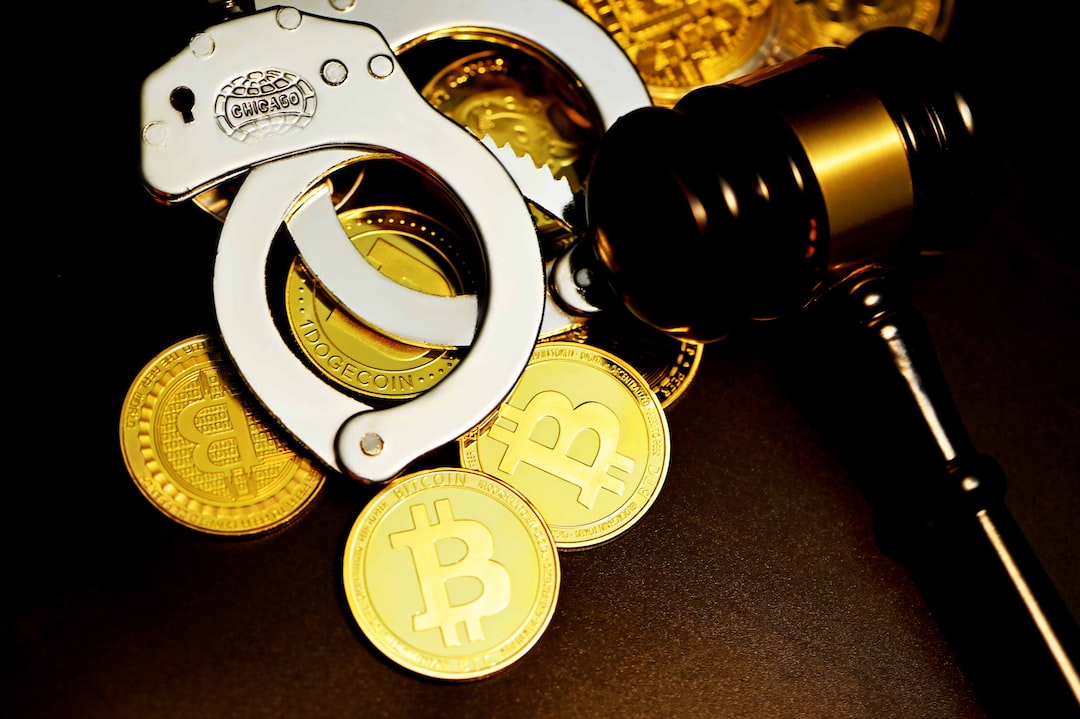The Bitcoin halving is an event that occurs every four years, where the rewards for mining are cut in half. This process is built into Bitcoin’s code and aims to limit the supply of Bitcoin. The creator of Bitcoin, Satoshi Nakamoto, believed that scarcity could give value to a digital product. Unlike fiat currencies like the U.S. dollar, which can be printed at will by governments, Bitcoin has a hard cap of 21 million coins.
The halving reduces the rate at which new Bitcoin enters circulation and will continue until 2140. The first halving occurred in 2012, reducing mining rewards from 50 BTC to 25 BTC per block. The second halving took place in 2016, reducing rewards to 12.5 BTC, and the third halving occurred in 2020, reducing rewards to 6.25 BTC.
The special thing about the halving is that it ensures that no single party can create more Bitcoin. By embedding a total supply and halving event into the code, Bitcoin’s monetary system is decentralized and trustless. This “hard cap” makes Bitcoin similar to gold, as its supply cannot be easily changed.
However, the halving also affects Bitcoin miners. They invest money in specialized hardware and electricity to mine Bitcoin and receive rewards for their work. When the rewards are halved, their incentive to mine decreases, leading to fewer miners and potentially less security for the network. After all Bitcoin has been mined, miners will receive rewards in the form of transaction fees.
At present, transaction fees make up a small proportion of a miner’s revenue but are expected to increase as mining returns diminish. It’s possible that Bitcoin may switch from its current proof-of-work consensus mechanism to proof-of-stake, which is less energy-intensive. However, it remains unlikely that enough validators would support such a change.
There is ongoing debate about whether Bitcoin halvings affect the price of the cryptocurrency. According to the stock-to-flow model, the decreasing supply of Bitcoin should increase demand and raise prices. However, other factors also play a role in Bitcoin’s price movements, such as institutional investment and market conditions.
In conclusion, the Bitcoin halving is a significant event that affects the supply of Bitcoin and the incentives for miners. It ensures that Bitcoin remains decentralized and limits its total supply. While the price impact of halvings is debated, they continue to be important milestones in the history of Bitcoin.





 By
By
 By
By
 By
By
 By
By
 By
By
 By
By